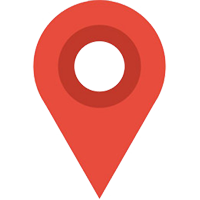
Your community assessment data comes from many places and in a variety of forms. Before starting the data collection process, it is important to approach the issue of data management systemically by addressing the following questions:
- How will you keep track of all the data?
- How will you make the data available to key members of your team?
- How will you ensure certain data is kept confidential?
- How will you collect and integrate data over a period of time?
- How can you set up the system so others can step in if your job responsibilities change?
- Do you want to use a graphic information system (GIS) to link gathered data to the respondent's location?
It is beneficial to have a team member who has experience collecting and reporting internal data, such as entering data for PIR or management reports. This team member can help set up a system for managing the data.
It is likely most data, especially quantitative data, will be stored on a computer. Keep in mind that the data management system needs to be understood by key members of the team, particularly if they will be involved in analyzing the data and making contributions to the community assessment report.
 Tell Me More
Tell Me More
To keep track of your data see Appendix A-5.1 Sample Template for Data Collection.

Technology is always evolving. What technical expertise did your previous community assessment team require? What technical expertise does your future community assessment team require?

Once you have mastered data collection, you may feel as though your work is basically done. Data is only valuable, however, if it's been analyzed and understood. Step 4, Analyze and Make Decisions, will help you make sense of the information you have gathered and determine what it means for your program. Use the A Closer Look: Tools for Collecting Data to review some of the proven data collection tools that can help community assessment teams to focus their efforts and act upon their findings.
Read more:
Resource Type: Article
National Centers: Program Management and Fiscal Operations
Audience: Directors and Managers
Last Updated: July 18, 2024
